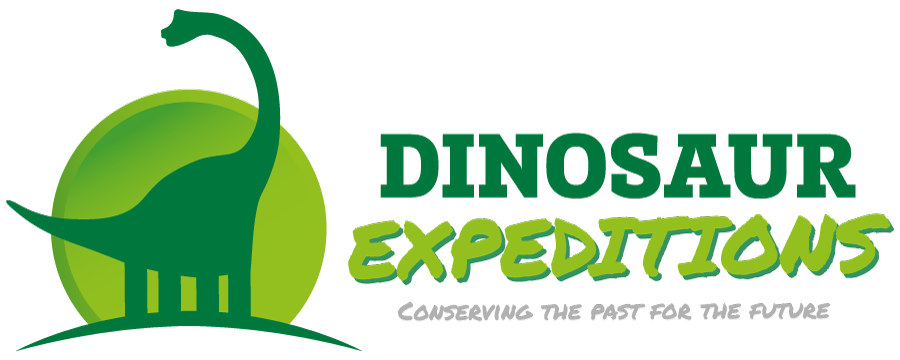With Christmas and the New Year celebrations over for another year, the priority was to make a start on turning the Minmi model into a Polacanthus.
The modifications required include:
- A new head - based on Gastonia burgei.
- A number of spines and plates over the body and the tail.
- A Sacral Shield over the hips.
I went through my scientific papers on Polacanthus, Gastonia and their relatives to refresh my memory before putting pen to paper. Gastonia has the most complete skeleton of a Polacanthus relative and there are several mounted Gastonia skeletons on display in the United States. The first mounted skeleton was produced by Robert Gaston, Jennifer Schellenbach and James Kirkland (2001) in the Armoured Dinosaurs. They arranged the spines based on the best information available, so I decided to use this as the starting point of my attempt to reconstruct a Polacanthus.
The first thing to do was plan out the arrangement of the spines, scutes, the sacral shield and label them; this would allow me to break the task into ‘bite’ sized chunks.
Over forty spines, a fleshed skull and a sacral shield would need to be sculpted. So I would have my work cut out to get it ready in time for the end of March.
With time ticking the next task was to set-up a workshop space with everything required in easy reach.
Before starting to carve the spines I requisitioned the Children’s area (which explains the Dinosaur pictures on the walls), relocated the Minmi, set-up my drawing table, a heater and stuck my laminated inspirational pictures to the wall. With my Palaeontological Fortress of Solitude complete I was ready to get to work.














